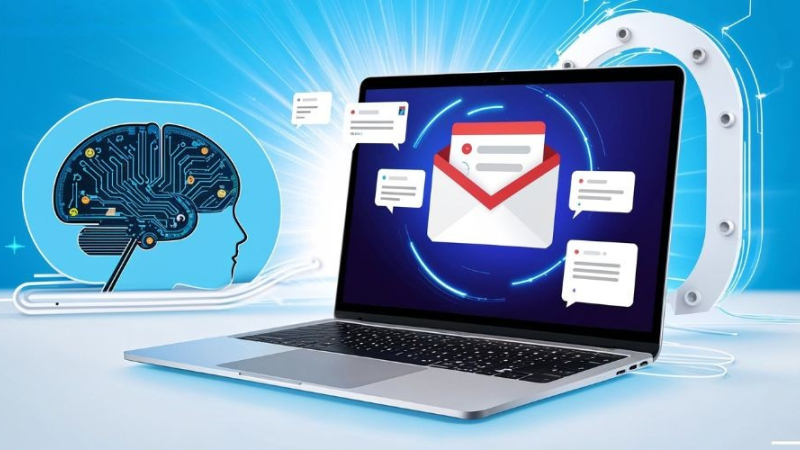
The incorporation of new technology continues to enhance user experiences in popular applications. The Gmail app is introducing a feature that harnesses artificial intelligence to make the email response process more efficient, specifically designed for Google Workspace users. This innovative addition, known as contextual smart replies, enables individuals to craft thoughtful responses to incoming messages more efficiently. Unlike its predecessor from 2017, which provided brief one-liner replies, this upgraded feature will provide more detailed and contextually sensitive recommendations.
Managing a high volume of emails can often present substantial challenges and demand a lot of time for numerous individuals. In response to this issue, Google first implemented smart replies in 2017, utilizing machine learning to offer three brief response options. Although this was a step forward, those responses frequently lacked depth and essential information that users might want to convey.
Recently, the tech powerhouse announced enhancements to this feature, now referred to as contextual smart replies. This advancement leverages Google's proprietary Gemini AI technology, enabling it to generate replies that take into account the email's context. Once users begin formulating a response, several tailored reply suggestions will be visible at the lower portion of their display, providing snippets of both the email's subject and body.
Upon selecting a suggestion, the AI will produce a more extensive reply that could comprise multiple paragraphs, addressing the sender's inquiries in detail. Users will have the option to either refine this response further or send it as it stands. Currently, this feature is being gradually rolled out to those who are subscribed to Google Workspace utilizing Gemini for Business, Enterprise, Educational, or Academic purposes Premium add-ons. Additionally, it is accessible to subscribers of the Google One AI Premium service. This functionality is entirely app-based and compatible with both Android and iOS platforms.





